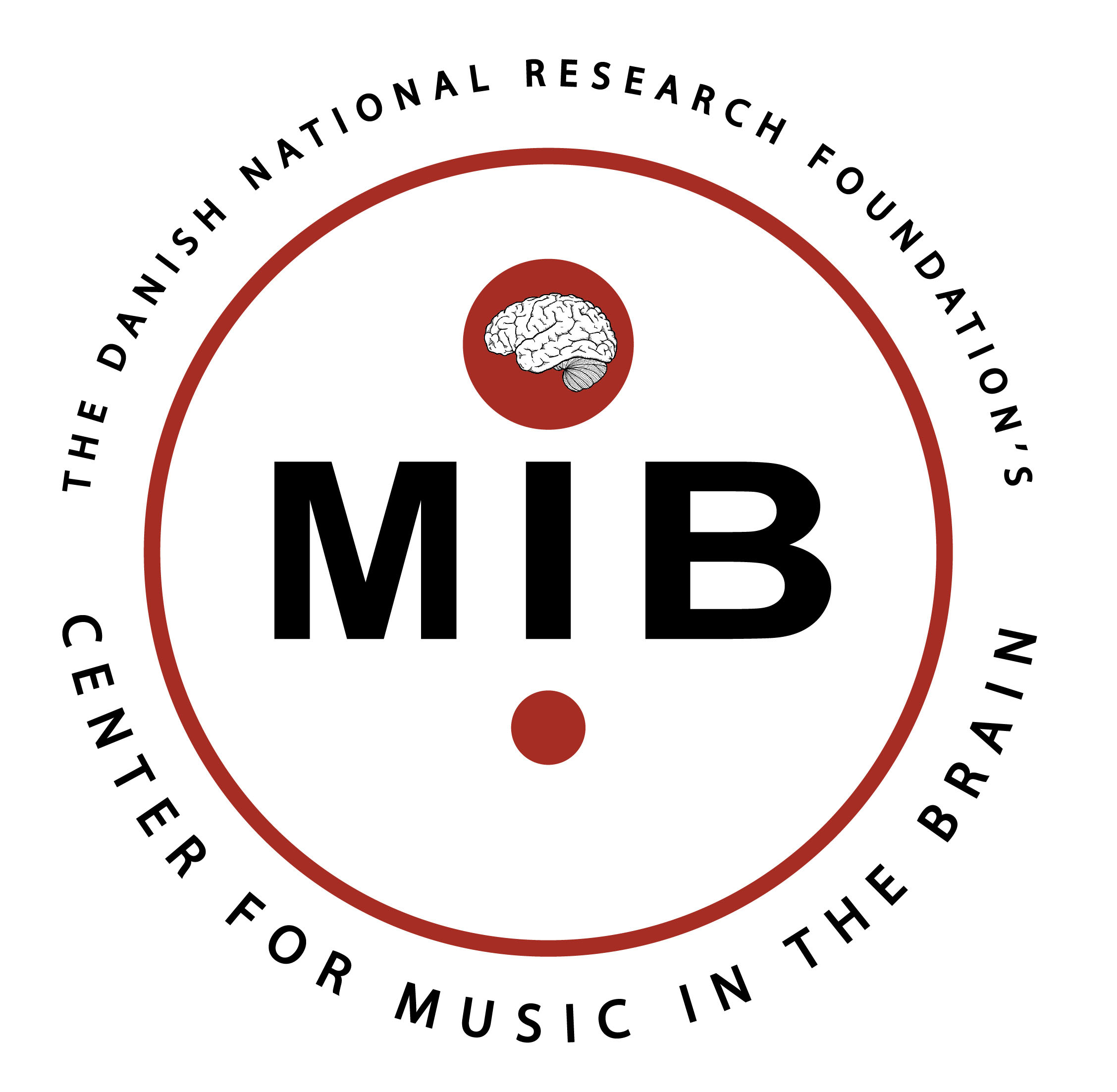“Comparing the Performance of Popular MEG/EEG Artifact Correction Methods in an Evoked-Response Study”
Computational Intelligence and Neuroscience, June 2016,
Niels Trusbak Haumann, Lauri Parkkonen, Marina Kliuchko, Peter Vuust, and Elvira Brattico
Abstract:
We here compared results achieved by applying popular methods for reducing artifacts in magnetoencephalography (MEG) and electroencephalography (EEG) recordings of the auditory evoked Mismatch Negativity (MMN) responses in healthy adult subjects. We compared the Signal Space Separation (SSS) and temporal SSS (tSSS) methods for reducing noise from external and nearby sources. Our results showed that tSSS reduces the interference level more reliably than plain SSS, particularly for MEG gradiometers, also for healthy subjects not wearing strongly interfering magnetic material. Therefore, tSSS is recommended over SSS. Furthermore, we found that better artifact correction is achieved by applying Independent Component Analysis (ICA) in comparison to Signal Space Projection (SSP). Although SSP reduces the baseline noise level more than ICA, SSP also significantly reduces the signal—slightly more than it reduces the artifacts interfering with the signal. However, ICA also adds noise, or correction errors, to the waveform when the signal-to-noise ratio (SNR) in the original data is relatively low—in particular to EEG and to MEG magnetometer data. In conclusion, ICA is recommended over SSP, but one should be careful when applying ICA to reduce artifacts on neurophysiological data with relatively low SNR.
Read the full article here.

Be First to Comment